Enhance your home's visual harmony with our guide on creating a flawless indoor-outdoor flow using a custom deck. Discover design tips, material selection, and the benefits of a pro deck builder.
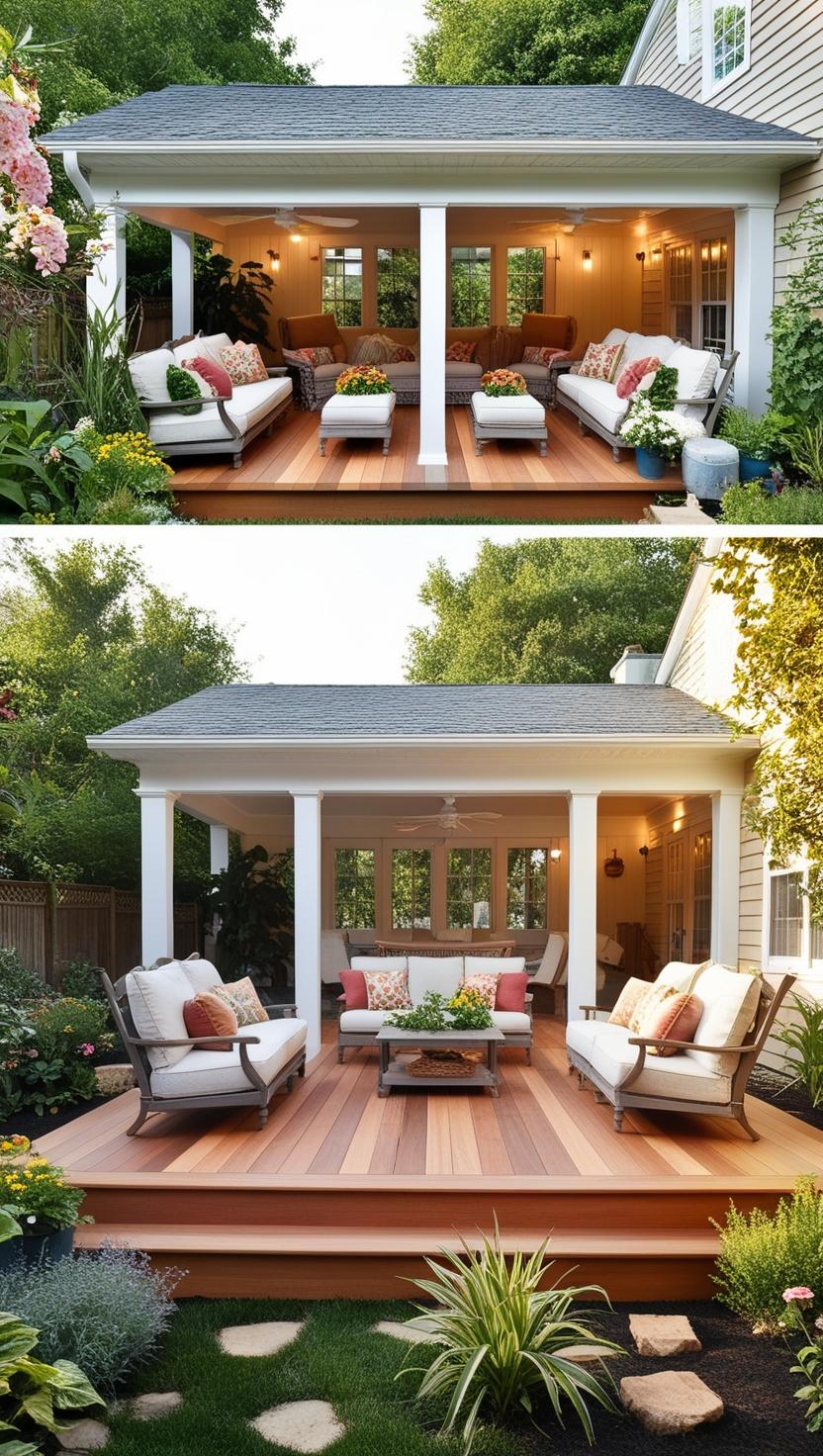
There’s something about homes that effortlessly blend indoor comfort with outdoor beauty. When a deck feels like a natural extension of the living space, it makes the entire home feel more open, airy, and inviting. Whether it’s large sliding doors that flood the interior with natural light or a seamless flooring transition that blurs the line between inside and out, thoughtful design choices create a space that feels both functional and visually connected.
Achieving this seamless flow isn’t just about adding a deck—it’s about designing one that enhances the way you move between spaces. Every detail matters, from material selection to furniture placement and lighting. While DIY projects can help with small updates, working with a professional deck builder ensures that every element is tailored to complement the home’s architecture and lifestyle.
Choosing the Right Deck Placement
The placement of a deck plays a huge role in how naturally it connects to the rest of the home. A well-positioned deck should feel like a continuation of the indoor space rather than a separate addition.
One of the best ways to achieve this is by aligning the deck with the main living areas. A deck that extends from the kitchen or living room creates a natural flow, making outdoor dining and entertaining effortless. If privacy is a concern, positioning the deck near a less-exposed side of the house or incorporating privacy screens can help maintain a cozy, intimate feel.
It’s also important to think about accessibility. Wide, unobstructed entry points—such as sliding or bi-fold doors—make it easy to step outside without breaking the connection between the two spaces. Even small details contribute to a smoother transition, such as keeping the deck surface level with indoor flooring to minimize height differences.
Material Consistency for a Cohesive Look
Visual harmony is key to achieving a seamless indoor-outdoor connection. When deck materials complement the home’s interior, the transition feels effortless. A great way to accomplish this is by choosing decking that closely matches the indoor flooring. If the interior has hardwood or wood-look tile, a similar-toned composite or natural wood deck creates a cohesive appearance. For modern homes with sleek stone or concrete floors, a deck with a similar texture or neutral palette keeps the aesthetic unified.
Beyond flooring, other design elements—like wall colors, trim, and ceiling details—can help connect the two spaces. For example, extending an interior paint color onto an exterior wall or carrying a specific texture, such as shiplap or exposed beams, onto the deck ceiling makes the entire space feel intentional and connected. Even small touches—such as matching door hardware or choosing metal finishes for railings and fixtures that complement the interior—add to the sense of flow.
Maximizing Open Sightlines with Large Doors and Windows
Clear sightlines create a natural connection between indoor and outdoor spaces, making a home feel more open and inviting. Large sliding glass doors, bi-fold doors, and French doors help eliminate visual barriers, allowing seamless movement between the interior and deck. These wide openings also let in an abundance of natural light, brightening indoor spaces and enhancing the sense of continuity.
For homes with smaller openings, floor-to-ceiling windows can achieve a similar effect. They provide an unobstructed view of the deck and yard, drawing the eye outward and making the space feel larger. Frameless or slim-framed glass doors further enhance this look by minimizing obstructions and letting the view take center stage.
Another way to create openness is by designing a deck with elements that visually extend the home’s interior. According to Architectural Digest, wraparound decks, built-in seating, and extra-wide stairs help integrate an outdoor space with the home’s design. Features like sunken seating areas, cozy fireplaces, and pergolas can also create a smooth transition while adding function and style.
Door selection plays a big role in this cohesion. Architectural Digest highlights how choosing a door style that complements the home’s aesthetic—such as black-framed glass doors for a modern look or traditional French doors for a classic feel—makes the transition feel intentional.
Seamless Furniture and Décor Transitions
Furniture and décor play a big role in making a deck feel like a true extension of the home. When indoor and outdoor spaces share similar design elements, the transition between them feels effortless. Choosing complementary furniture styles, color palettes, and textures helps create a unified look, even when stepping from hardwood floors onto composite decking.
One of the easiest ways to achieve this harmony is by selecting outdoor furniture that mirrors the style of indoor pieces. If the home’s interior features modern, minimalist decor, sleek metal-framed chairs and a neutral outdoor sofa will maintain that aesthetic. For a more rustic or farmhouse-inspired home, weathered wood tables and woven accents can extend the cozy indoor feel outside.
Soft furnishings like rugs, throw pillows, and cushions further blur the line between inside and out. Weather-resistant fabrics in tones that match the indoor color scheme help tie the spaces together while adding comfort.
Integrating Smart Lighting and Natural Elements
Lighting and natural elements help reinforce the indoor-outdoor connection. Using similar fixtures inside and out—such as matching wall sconces or recessed ceiling lights—maintains a cohesive look. Warm LED lighting can create a cozy ambiance, while dimmable options add flexibility depending on the occasion.
Incorporating natural elements further enhances this connection. Large potted plants or built-in planters serve as visual bridges between spaces, especially when they feature the same types of greenery found indoors. A vertical garden, trellis, or even a small water feature can add depth and interest while reinforcing the indoor-outdoor flow.
Why a Custom Deck Builder is Essential
Designing a deck that feels like a natural extension of the home requires more than just aesthetic choices—it takes expert craftsmanship to ensure every detail is executed properly. A custom deck builder can help create a seamless connection by aligning flooring materials, designing built-in features, and ensuring proper structural support.
One of the biggest advantages of professional expertise is the ability to customize every aspect of the deck. From tailored layouts to high-quality materials that balance durability and style, a skilled builder ensures the final result enhances both function and appearance. With a well-planned design, the deck becomes a natural part of daily life, seamlessly blending with the rest of the home.
Conclusion
A thoughtfully designed deck expands living space while enhancing the way a home looks and feels. By selecting materials that complement the interior, optimizing sightlines, and integrating lighting and décor that reflect the home’s style, indoor and outdoor areas blend effortlessly.
While small DIY updates can help, working with a custom deck builder ensures every detail is designed for long-term functionality and visual appeal. The result is a space that feels intentional, welcoming, and perfectly suited for both everyday relaxation and entertaining.
Finishing touches like cozy seating, layered textiles, and stylish décor can make an outdoor space feel just as inviting as any indoor room. Thoughtful details, drawn from inspiring outdoor patio designs, help create a warm and functional atmosphere where relaxation and entertaining come naturally.


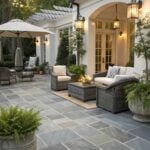



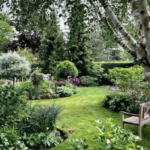





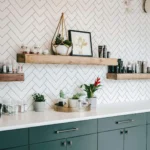

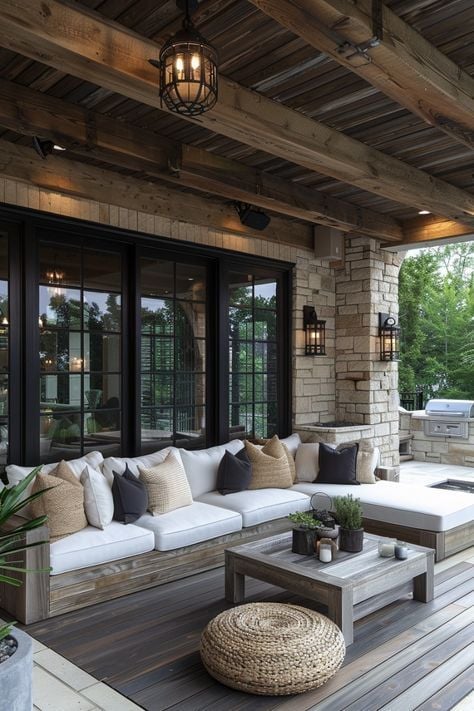
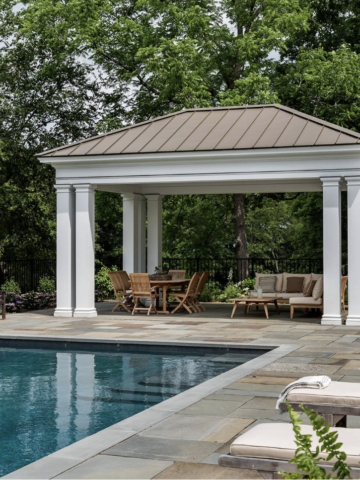

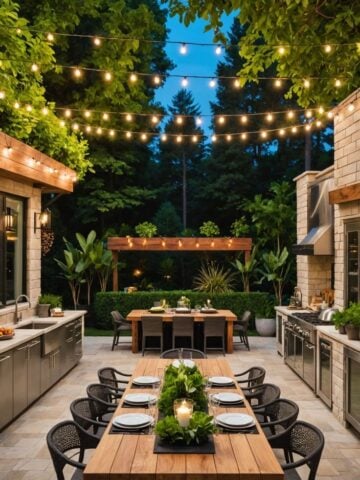
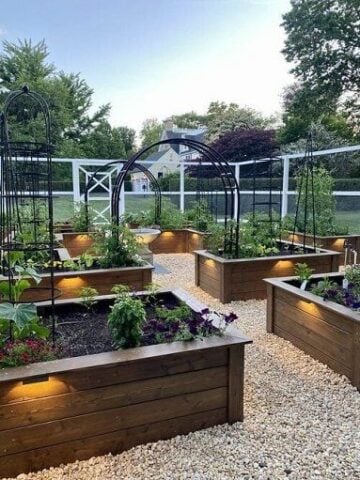
Leave a Reply